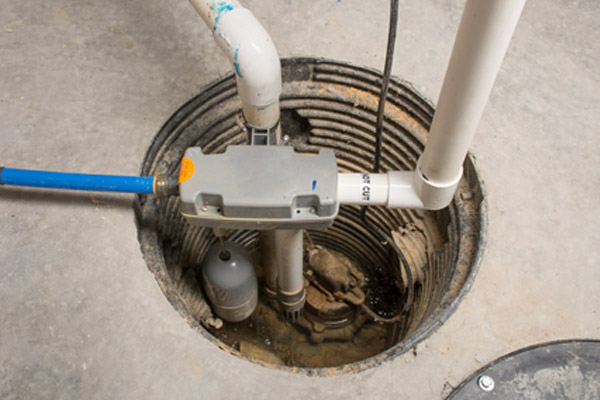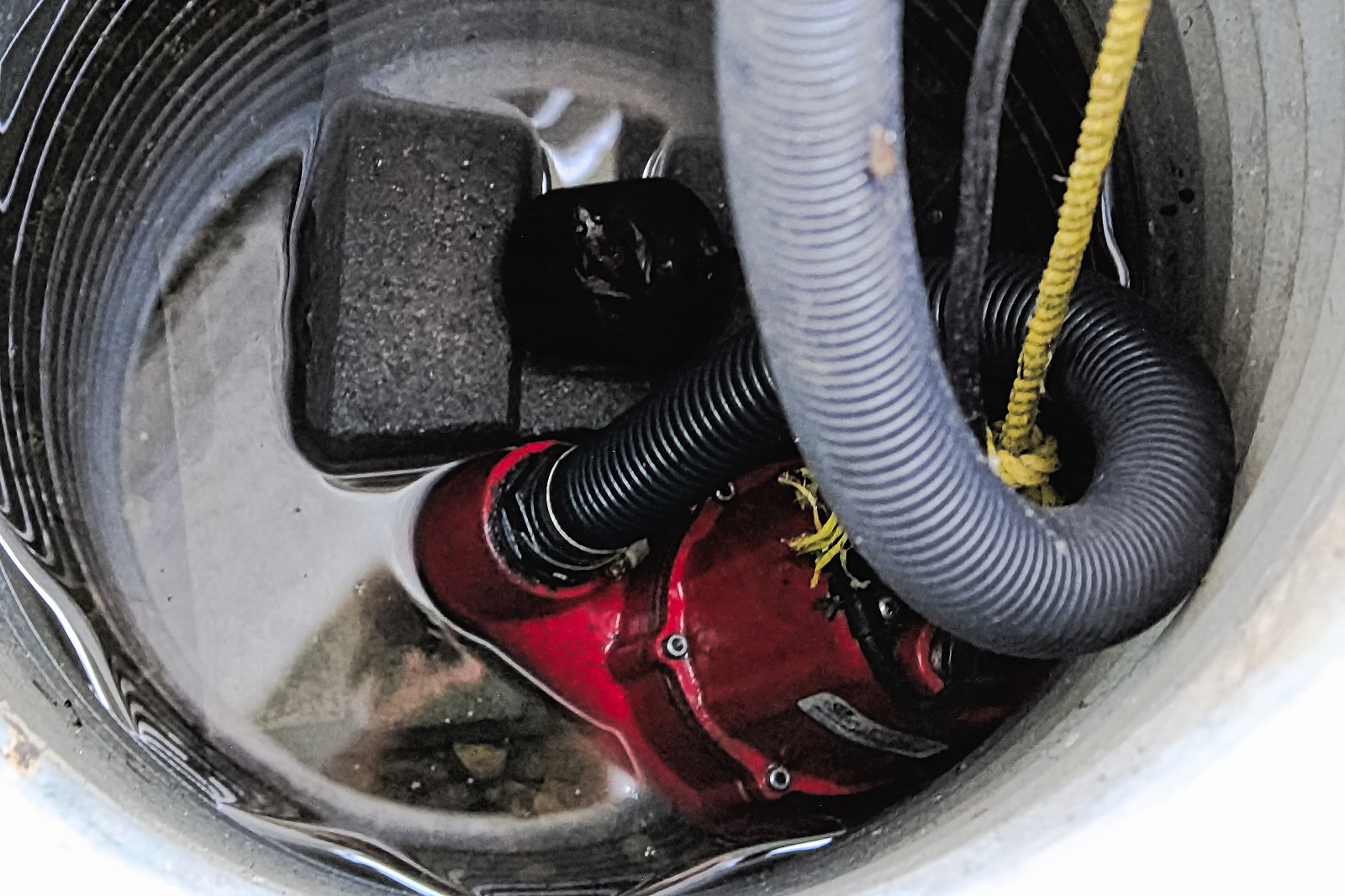Highly-Rated Techniques for Servicing a Sump Pump
Top ArticleThe content underneath involving How to Care for Your Sump Pump is indeed entertaining. Check it out yourself and see what you think of it.

Sump pumps are essential elements in numerous homes, specifically in locations susceptible to flooding or excessive dampness. They assist avoid water damages by successfully eliminating excess water from cellars or crawl spaces. Nonetheless, like any other appliance, sump pumps call for normal upkeep to guarantee they operate properly when required the most. Cleaning your sump pump is an essential part of its upkeep, and recognizing how to do it appropriately can conserve you from pricey repairs and prospective catastrophes.
Introduction
Keeping a tidy sump pump is crucial for its appropriate functioning and durability. Overlooking this crucial job can cause blockages, malfunctions, and inevitably, water damage to your residential property. Therefore, finding out exactly how to clean a sump pump is crucial for property owners that rely on these tools to maintain their basements dry and secured.
Indicators of a Dirty Sump Pump
Knowing when your sump pump needs cleaning is critical for protecting against potential malfunctions. Some common indications that suggest an unclean sump pump include weird sounds throughout operation, minimized water flow, and visible particles in the pit. If you discover any of these signs and symptoms, it's important to clean your sump pump promptly to stay clear of any additional issues.
Preparing for Cleansing
Before you begin cleansing your sump pump, it's necessary to take some safety precautions. Beginning by shutting off the power to the pump to stay clear of any electrical crashes. Furthermore, put on suitable safety equipment, such as handwear covers and safety glasses, to safeguard yourself from dirt, debris, and prospective microorganisms.
Recognizing the Sump Pump
Prior to diving right into the cleansing process, it's important to have a standard understanding of how a sump pump functions. Usually set up in a pit or basin listed below the basement flooring, a sump pump contains a number of crucial components, consisting of a pump, a float switch, and a discharge pipeline. When water gathers in the pit, the float switch turns on the pump, which then pumps the water out via the discharge pipe, far from the structure's foundation.
Detailed Overview to Cleaning a Sump Pump
Turning off the Power
Begin by separating the power supply to the sump pump to avoid any kind of accidents while cleaning.
Checking for Appropriate Performance
Prior to re-installing the pump, perform a quick test to make sure that the float switch triggers the pump appropriately. Put some water right into the sump pit and observe the pump's operation. If whatever is working properly, you can reconstruct the pump and reconnect the power supply.
Removing Debris and Dust
Utilize a bucket or an inside story to eliminate any type of visible particles, dirt, or sediment from the sump pit. Dispose of the particles appropriately to avoid it from obstructing the pump or the discharge pipe.
Cleansing the Pump and Float Switch
When the pit is free from debris, carefully eliminate the pump from the pit. Inspect the pump and the float switch for any type of signs of damage or wear. Utilize a soft brush or cloth to clean up the surfaces and eliminate any kind of built up grime.
Flushing the System
After cleaning up the pump and float switch, flush the sump pit with clean water to remove any staying dirt or debris. This will certainly aid make certain that the pump runs smoothly and effectively.
Upkeep Tips to Maintain Your Sump Pump Clean
In addition to periodic cleaning, there are numerous maintenance suggestions you can follow to maintain your sump pump in optimal condition:
Verdict
Cleansing your sump pump is an essential element of its upkeep and ensures that it runs properly when you need it one of the most. By adhering to the steps described in this overview and integrating normal maintenance right into your routine, you can expand the lifespan of your sump pump and safeguard your home from water damages.
6 STEPS ON HOW TO CLEAN A SUMP PUMP PROPERLY
UNDERSTANDING SUMP PUMPS
Your sump pump plays a crucial role in protecting your home by managing and removing excess water. It primarily functions as a “shield”, guarding your basement against the damaging effects of water accumulation. The pump is housed in a sump pit in the lowest part of your basement, and its job is to pump out any water that collects there.
During heavy rainfalls or when snow melts rapidly, water can infiltrate your basement, posing potential risks like flooding, structural damage, and harmful mold growth. Here, the sump pump springs into action, pumping out the intruding water and directing it away from your home.
SAFETY FIRST
Before cleaning, remember to prioritize safety. Disconnect the sump pump from the power source to prevent any accidental electric shocks. Also, wear sturdy gloves to protect your hands from any sharp or dirty components within the pump.
REMOVE THE SUMP PUMP
After ensuring your safety, the next step is to remove the sump pump from its pit. Doing this might require careful maneuvering as you don’t want to damage any pump components. Once removed, clean the sump pit to remove any accumulated debris or sludge.
INSPECT THE PUMP
Inspect the pump for any visible signs of wear or damage. Check the power cord, float switch, and impeller housing. If any components look worn out or damaged, consider replacing them to ensure optimal performance.
CLEAN THE PUMP
Thoroughly clean the pump with warm, soapy water. Make sure to rid it of any dirt, gravel, or other debris that might impede its performance. You can use a toothbrush to clean the small, hard-to-reach parts of the pump.
REINSTALL THE SUMP PUMP
Reinstall the pump into the sump pit Make sure it’s positioned correctly to remove the water effectively Once it’s back in place, reconnect it to the power source TEST THE PUMP
Finally, pour some water into the pit to ensure the pump works correctly. It should start automatically and begin pumping out the water; if it doesn’t, check the power source and the positioning of the pump.
Remember, while cleaning your sump pump is an essential part of home maintenance, hiring a professional plumber for a thorough inspection and cleaning at least once a year is also important. This will ensure that your pump is in optimal condition, ready to protect your home from potential water damage.
BEST PRACTICES FOR CLEANING SUMP PUMP DISCHARGE PIPES
Regular Inspection: Regularly inspect your discharge pipes, especially during heavy rainfall or snowmelt periods. Look for any signs of blockage or damage. Early detection of problems can prevent serious issues down the line. Periodic Cleaning: Over time, sediment and debris can accumulate in the discharge pipes, impeding the flow of water. Regular cleaning helps keep the pipes clear and functioning efficiently. You can use a high-pressure water jet to effectively clean the pipes. Insulation During Winter: In colder climates, discharge pipes can freeze, blocking the outflow of water. Protect your discharge pipes from freezing temperatures by insulating them with foam pipe insulation. This will ensure the sump pump can continue to discharge water even in freezing conditions. Proper Positioning: The discharge pipe should be positioned to direct water away from your home’s foundation. Improper positioning can lead to water seeping back into the basement. Ensure the pipe is long enough and angled correctly. Installation of a Check Valve: A check valve prevents water from flowing back into your sump pit after the pump has pushed it out. Installing a check valve helps maintain the efficiency of your sump pump and reduces the risk of flooding. Minimize Pipe Turns: Every curve or turn in the discharge pipe can decrease the efficiency of water flow. By minimizing turns and bends in your discharge pipe, you can increase the efficiency of your sump pump. https://www.fullspeedplumbing.com/how-to-clean-a-sump-pump-properly9999/

Do you really like more info about Steps to Cleaning Your Sump Pump Properly? Try leaving a remark directly below. We will be pleased to listen to your ideas about this blog. We are looking forward that you come back again later on. Do you know anybody else who is in to the topic? Feel free to share it. I cherish reading our article about Steps to Cleaning Your Sump Pump Properly.
Phone